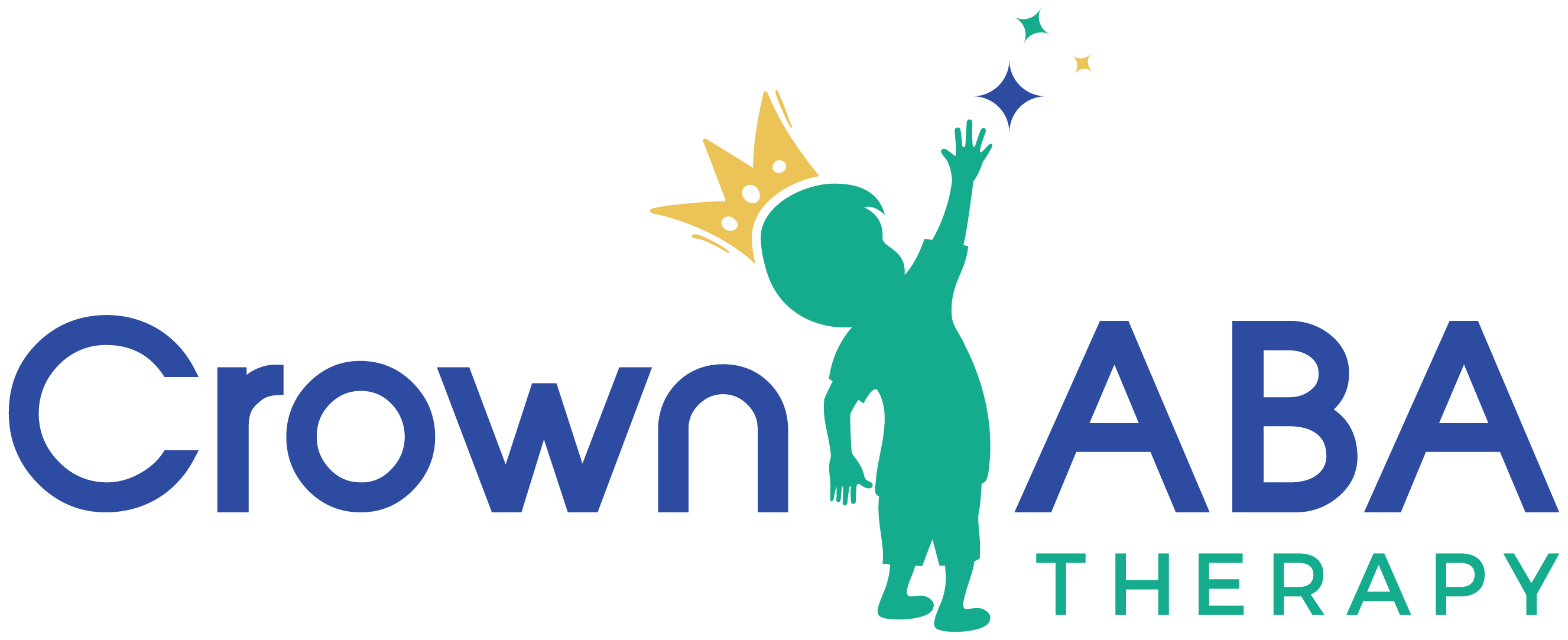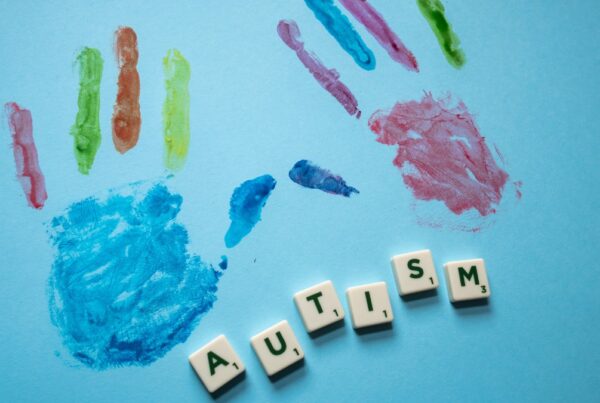Autism Is More Common Than Ever—But That’s Not the Whole Story
In a recent report that’s turning heads nationwide, the Centers for Disease Control and Prevention (CDC) revealed a major shift in how we understand autism in the U.S.: 1 in 31 children aged 8 are now identified with autism spectrum disorder (ASD). That’s more than 3% of kids, a steep rise compared to past decades.
This report, based on 2022 data from 16 monitoring sites across the country—including Maryland—shines a spotlight not just on increasing autism prevalence, but also on progress in early diagnosis and narrowing racial disparities.
Maryland’s Autism Trends: The Numbers Behind the Headlines
For Maryland families, the numbers are slightly different but still significant. Among 8-year-olds in the state, 1 in 38 were identified with autism, while among 4-year-olds, the figure was 1 in 41. What’s particularly notable is that younger children are being diagnosed earlier—four-year-olds in 2022 were 1.8 times more likely to have been identified with autism by age 4 than their older counterparts.
And for the first time in Maryland, over 1% of 8-year-old girls were identified as having autism, a milestone that reflects both changing awareness and more inclusive diagnostic practices.
Autism Affects All Races—and the Gaps Are Shrinking
Another key takeaway from the CDC’s report: autism is being recognized across all racial and ethnic groups at increasingly comparable rates. In Maryland, Black children had the highest prevalence (1 in 27), followed closely by Asian/Pacific Islander children (1 in 32), multiracial (1 in 34), Hispanic (1 in 35), and white children (1 in 52). These numbers highlight significant progress in breaking down barriers to diagnosis and access.
What Earlier Diagnosis Means for Families
Earlier identification of autism can change the trajectory of a child’s development. When diagnosed young, children can begin targeted interventions that build communication, social, and behavioral skills at a critical stage in brain development.
But early diagnosis is only the beginning. The next, and arguably most crucial step, is effective therapy—which is where Applied Behavior Analysis (ABA) comes in.
Why ABA Therapy Is a Lifeline—And Where to Find It in Maryland
ABA therapy is widely regarded as the gold standard for autism treatment. It’s evidence-based, structured, and adaptable to each child’s unique strengths and challenges. It helps children develop crucial skills, reduce harmful behaviors, and gain greater independence.
For Maryland parents seeking compassionate, expert-led ABA therapy, Crown ABA is a top-tier provider offering support right in your community. Whether your child has just been diagnosed or has been on the autism journey for some time, Crown ABA is dedicated to helping every child reach their full potential.
The Takeaway: Awareness Must Lead to Action
The CDC’s latest findings are more than just statistics—they’re a call to action. As autism affects more children than ever before, families need access to early screening, accurate diagnoses, and effective support services like ABA therapy in Maryland.
If you’re a parent, caregiver, or educator, staying informed is the first step. Taking action is the next.
Now is the time to support children on the spectrum—because every child deserves a chance to thrive.
Want to know more about early signs of autism or how to get started with ABA therapy? Reach out to Crown ABA to learn more and find a location near you.





